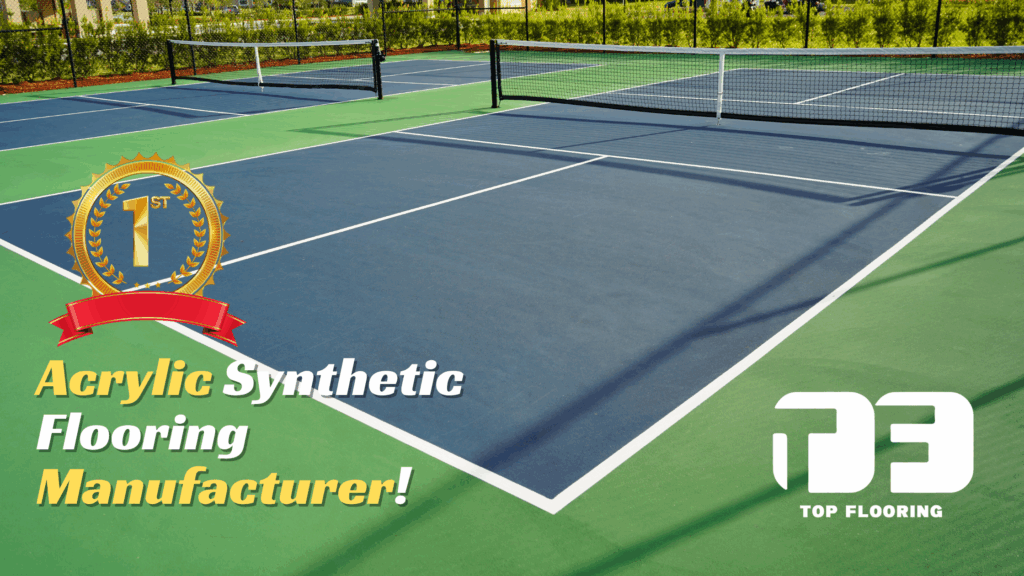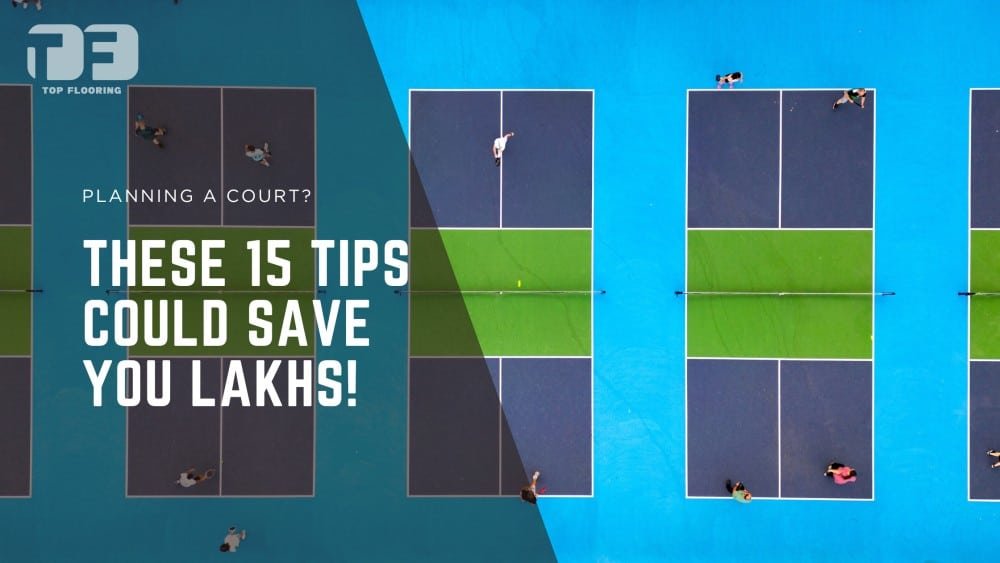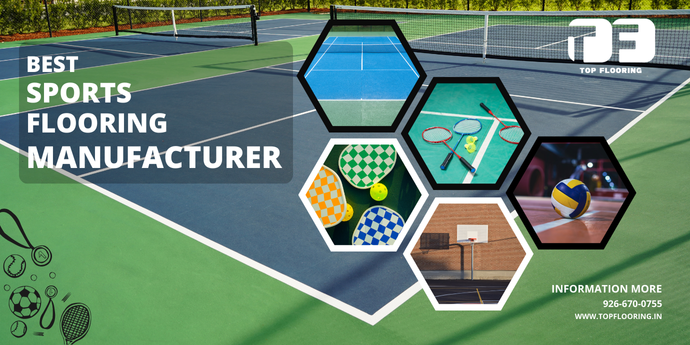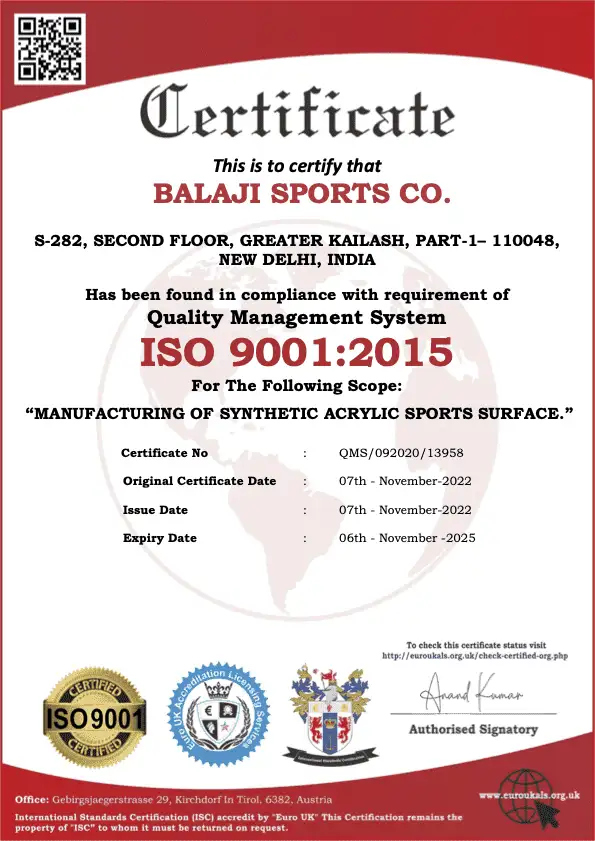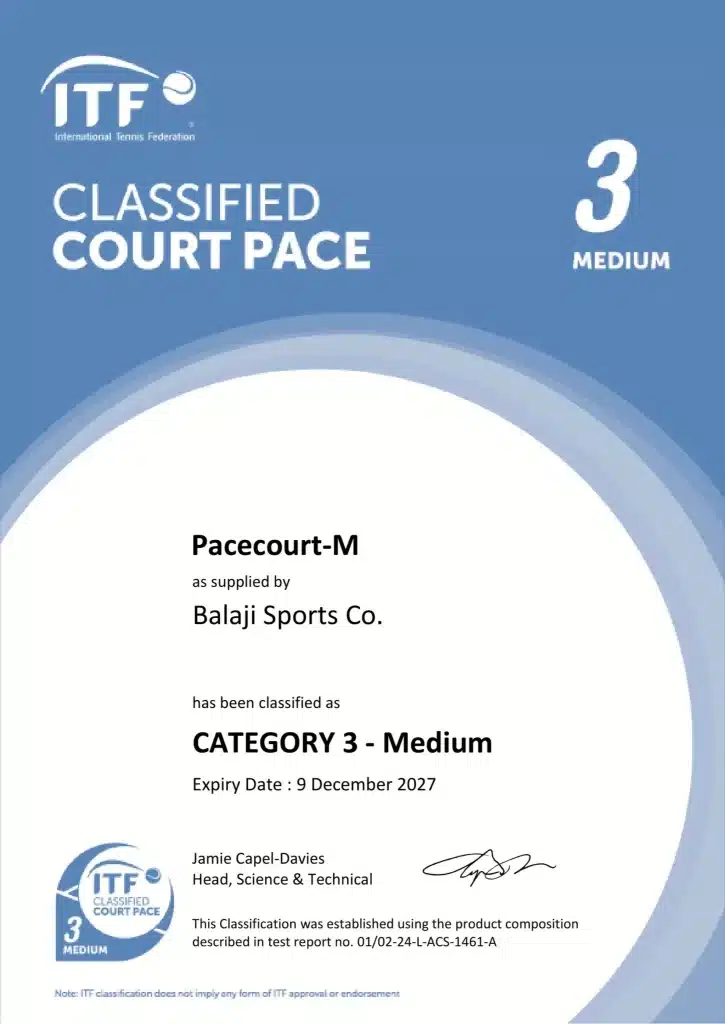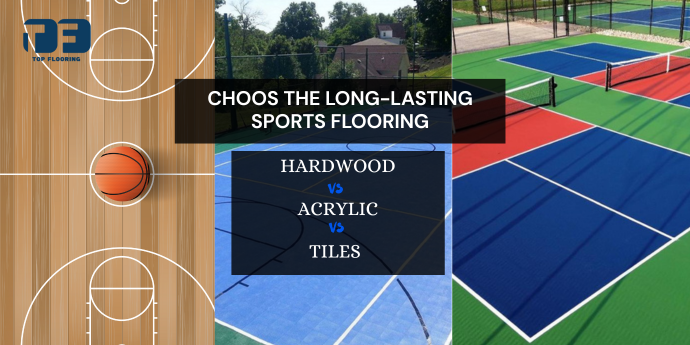
Choosing the right sports surface for a facility depends on durability. People prefer not to spend money on flooring that wears out or needs constant repairs. From our work with sports facilities, we noticed acrylic sports floors becoming more popular because they last longer and hold up well. Traditional hardwood floors often get damaged by high temperatures, humidity, or heavy use. Acrylic surfaces, on the other hand, stay in good shape under those conditions. They work well for outdoor spaces like basketball or tennis courts. Their layers of acrylic resin make them strong enough to handle tough weather and regular use.
This blog looks into hardwood, tiles, and acrylic sports flooring to help you figure out which one lasts the longest to meet your needs. It breaks down how these materials handle daily use, environmental challenges, and upkeep so you can understand your choices in sports flooring.
Comparing Durability: Hardwood, Tiles, and Acrylic Flooring
The longevity of sports flooring differs a lot depending on the material, so it plays a key role in deciding where to invest.
Hardwood offers the longest-lasting option, with maple and beech floors able to last 40 to 50 years when maintained well. Some places have even reported beach sports floors holding up for more than 80 years with expert care. This durability, though, comes with challenges. Hardwood needs refinishing every 10 to 15 years. It also reacts to changes in humidity, which can lead to warping over time.
Acrylic surfaces, on the other hand, last around 5 to 10 years. This lifespan can be even shorter if the surface handles a lot of heavy use or faces tough weather conditions. What makes acrylic appealing is its ability to handle environmental changes and require less upkeep. These qualities make it a good choice to use outdoors or in spaces meant for multiple activities.
Modular tile systems fall somewhere in the middle when it comes to how long they last. Thick rubber tiles serve for 15 to 20 years, while thinner ones might last about 8 to 10 years. The biggest advantage of these tile setups is their easy repair. You can swap out damaged tiles without needing to redo the whole floor.
In the end, the decision comes down to weighing upfront costs against ongoing maintenance expenses and figuring out what works best for your facility.
How Environment and Maintenance Affect Sports Flooring Durability
Environmental conditions like moisture, humidity, and changing temperatures have a major influence on how long sports flooring materials hold up. Each type of material handles these conditions in its way.
Hardwood floors need strict humidity control to stay in good shape. The humidity levels should stay between 35 and 50 percent. Outside this range, high humidity could cause the wood to warp, cup, crown, or crack. Meanwhile, low humidity might lead to splitting and gaps forming. These floors also need regular care, like refinishing them every decade.
Synthetic floors handle environmental challenges much better. Vinyl flooring can last about ten years, but it gets scratched or worn down more than other materials. Polyurethane surfaces handle wear and tear much better and are easier to care for than wooden ones.
Acrylic flooring works great outdoors because it holds up against UV rays, rain, and temperature shifts without getting damaged. It handles weather better than many other materials. Acrylic surfaces also block moisture, making them easier to maintain than wooden floors.
To keep any flooring in good shape, cleaning up spills avoids lasting damage. Regular sweeping keeps dust away, and deep cleaning once in a while helps get rid of oils and leftover cleaning products. Sticking to cleaning products the manufacturer suggests stops surfaces from getting discolored or worn out over time.
Taking care of your floors makes them last longer and keeps their performance steady while ensuring athletes stay safe.
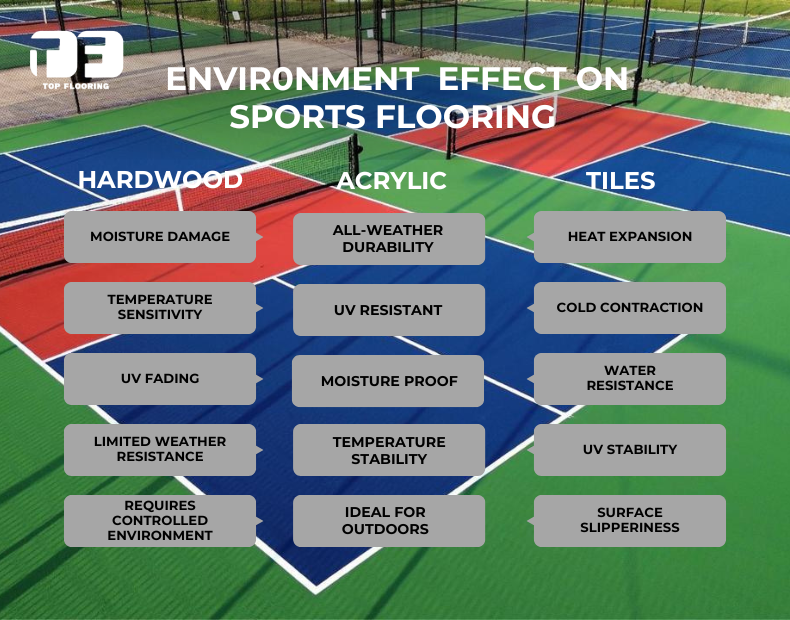
Performance, Safety, and Customization of Sports Flooring
The safety features and performance of sports flooring play a huge role in athlete’ health and their overall experience on the court. Durability and maintenance matter too, but safety features can’t be overlooked.
Shock absorption stands out as a key safety factor in all flooring types. Hardwood floors paired with the right subfloor system handle this well by easing stress on joints and lowering the risk of long-term injuries. Acrylic surfaces, on the other hand, maintain steady grip levels, helping athletes avoid slips even when moving. They also add a bit of cushioning, which softens the strain on joints.
Different materials have varying levels of traction. Hardwood floors, when cared for, offer great grip. Acrylic flooring provides a steady level of traction even in changing humidity. Rubber floors, however, shine when it comes to slip resistance, making them a top pick for wet areas.
To boost player performance, hardwood gives solid ball bounce and a natural rebound, while acrylic promotes even elasticity that ensures steady ball movement. Synthetic floors allow engineers to include qualities such as better grip or extra shock absorption.
To customize courts, hardwood provides a premium traditional look, along with possibilities to paint court markings and logos. On the other hand, synthetic and acrylic surfaces brought big changes with greater design flexibility, offering a wide range of colors. This allows venues to show off team colors, logos, and branding. With this variety, sports arenas can build unique spaces that match their identity.
Conclusion
Picking the right sports flooring comes down to figuring out what your facility needs most. Hardwood flooring lasts the longest, staying strong for 40 to 50 years or more if you take care of it. But that long life comes with challenges like high maintenance and issues with changes in humidity.
Acrylic surfaces do not last as long, staying usable for about 5 to 10 years. However, they handle weather changes well and need much less upkeep, which makes them ideal to use outdoors or in places with shifting weather. Modular tiles offer a good middle ground, lasting around 8 to 20 years and letting you replace damaged parts without redoing the whole floor.
Each flooring type offers unique perks to improve safety and performance apart from being sturdy. Installing hardwood gives great shock absorption and ball bounce. On the other hand, acrylic keeps traction steady no matter the humidity and provides ways to customize looks and branding.
Choosing wisely today can save both time and money down the line. It also ensures athletes play on surfaces that stay safe and perform well for many years. Sports flooring costs a lot and impacts athlete safety and how facilities run. This makes it vital to think about how long it will last.
Choose Top Flooring for the best acrylic sports flooring materials and installations
Frequently Asked Questions
Acrylic sports flooring lasts about 5 to 10 years. Its lifespan can be shorter if it faces heavy use or bad weather outside.
Hardwood sports floors need humidity levels kept between 35 and 50 percent to avoid cracking or bending. They also need regular upkeep and refinishing every 10 years to keep them in good shape.
Acrylic flooring is suitable for outdoor use. It handles weather changes, rain, and UV rays without breaking down. This makes it a good pick for courts like tennis or basketball.
Modular tile systems fall in the middle for durability. Thicker tiles, about 8–12 mm, last 15–20 years. Thinner ones, around 2–4mm, tend to last 8–10 years. You can also replace damaged tiles, which is a handy feature.
To make sports flooring last, think about things like upfront cost, ongoing maintenance expenses, how often it will be used, the environment, and the needs of the space. A good choice combines strength with what works best for your situation.

